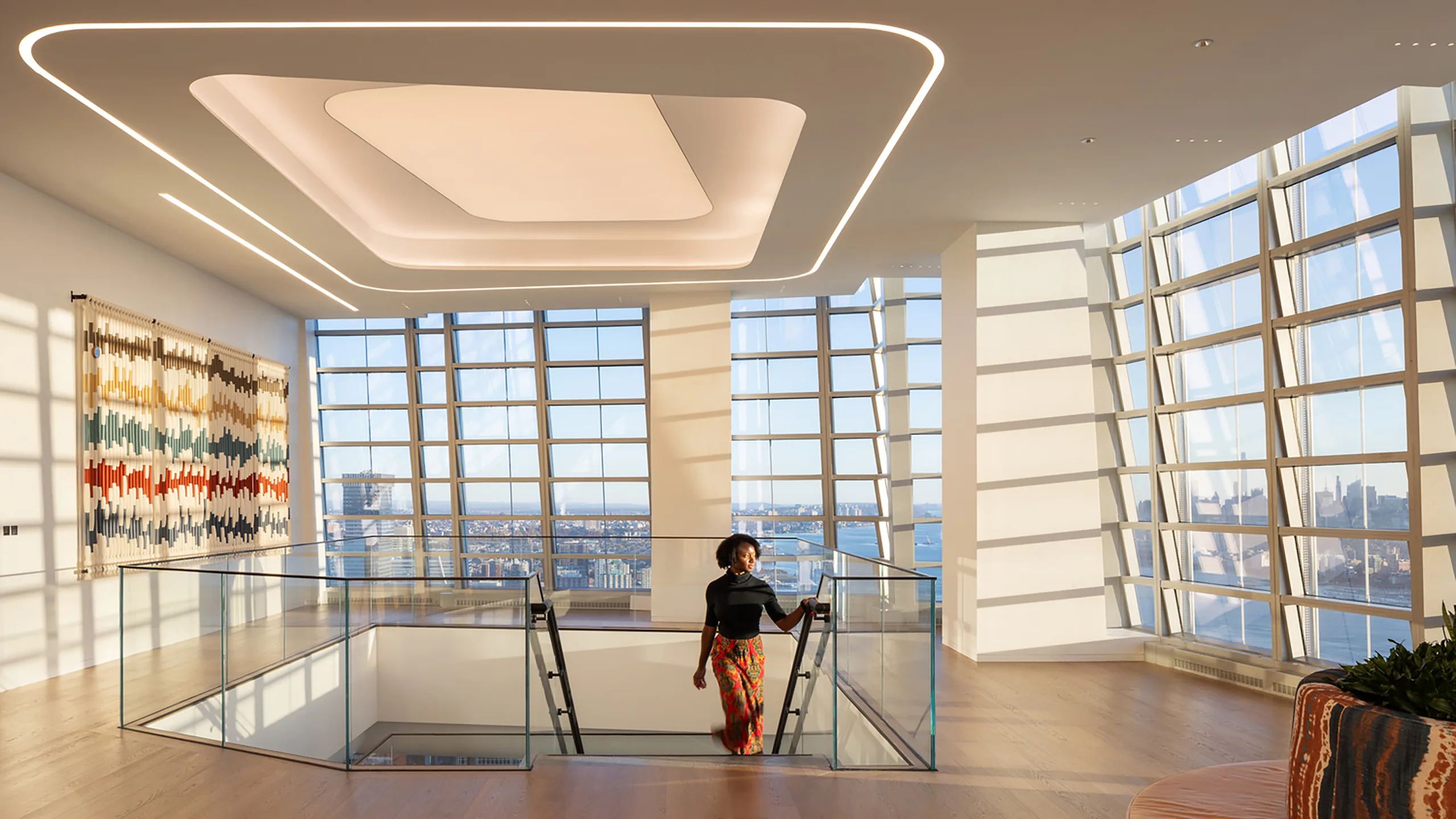
"According to a survey by HR Brain, only 10% of companies have a strategy to retain mature workers, despite the number of workers age 65 and older in the U.S. nearly quadrupling since the 1980s."
"A 2024 global academic study found that keeping older workers led to money saved on recruitment, training, and knowledge acquisition across organizations."
"Tim Glowa, founder of HR Brain, stated that older employees have the most relationships with suppliers and clients and possess the most institutional knowledge."
"Design specialists indicate that companies are not considering office spaces for aging employees, prioritizing younger workers and neurodivergent accommodations instead."
The workforce is aging rapidly, with the number of U.S. workers aged 65 and older nearly quadrupling since the 1980s. However, only 10% of companies have strategies to retain mature workers. A recent study indicates that retaining older employees saves on recruitment, training, and knowledge acquisition. Despite their value, many organizations focus on attracting younger workers rather than adapting office spaces for older employees. Design experts note that a lack of consideration for aging workers may lead to a skills gap as experienced employees retire.
Read at Fast Company
Unable to calculate read time
Collection
[
|
...
]